In an era marked by growing environmental awareness and the pursuit of sustainable living, the concept of Net Zero homes has emerged as a beacon of hope for a greener and more eco-friendly future. Net Zero homes, also known as zero-energy homes, represent a paradigm shift in the way we design, build, and inhabit residential properties. These innovative structures are designed to produce as much energy as they consume, resulting in a net energy balance of zero. This comprehensive guide delves into the key concepts of Net Zero homes, unraveling the principles, technologies, and benefits that underpin this sustainable housing revolution.
| Key Takeaways |
|---|
|
|
|
|
|
The Essence of Net Zero Homes
What are Net Zero Homes?
At its core, Net Zero homes are residential buildings that strives to achieve a net energy consumption of zero. This means that over the course of a year, the home generates as much energy as it consumes. It’s a harmonious equation where green energy production and consumption cancel each other out, resulting in a minimal carbon footprint and reduced strain on conventional energy resources.
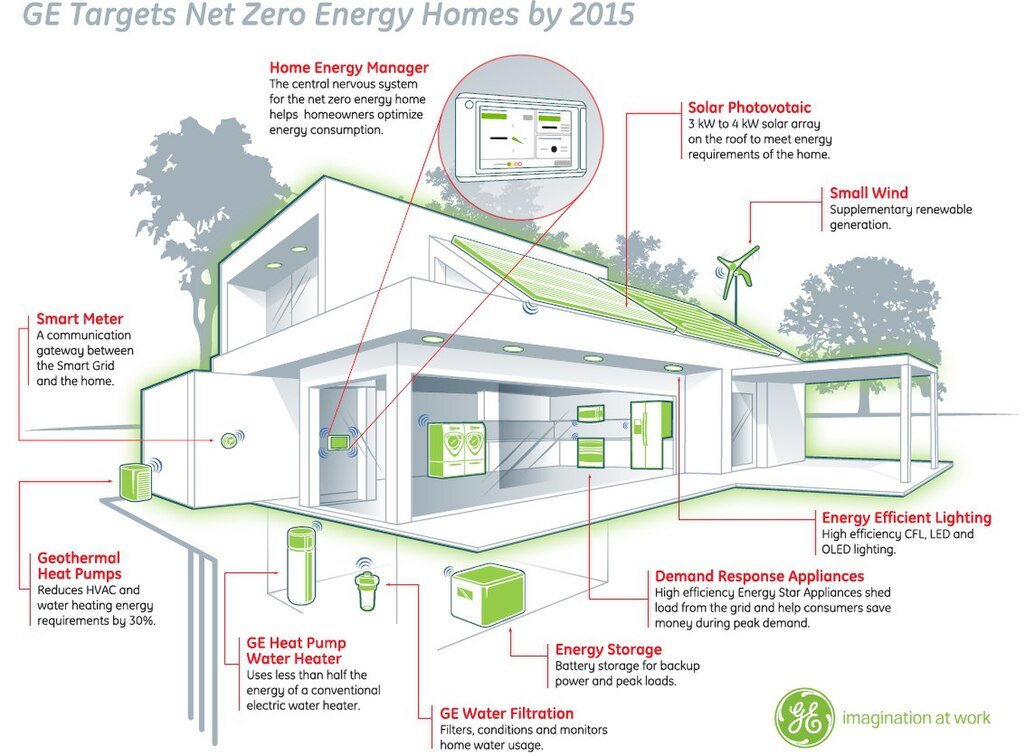
Energy Consumption for Net Zero Homes
The energy consumption of a house is a critical element of a Net Zero home. Think about it…if your house consumes a disproportionate amount of power relative to the space you have for renewable energy sources, it is mathematically impossible to reach Net Zero status. The only way we can achieve our goal for Net-Zero Energy Housing (NZEH) is by carefully considering every component of our house.
For several decades now, the construction industry has made slow but continuous progress towards building homes that satisfy our needs while improving efficiency and reducing energy losses.
Energy Sources for Net Zero Homes
Net Zero homes rely on a combination of renewable energy sources to meet their energy needs. Solar panels, wind turbines, and geothermal systems are commonly used to harness clean and sustainable energy. These sources generate electricity that power the home, with surplus energy often returned to the grid for others to use. The technology is constantly improving while the prices are becoming increasingly affordable. If this trend continues on this path, residential renewable energy sources will become a standard in the near future.
Design and Construction Principles for Net Zero Homes
Energy Efficiency
The cornerstone of Net Zero homes is energy efficiency. Every aspect of the home, from insulation and windows to its appliances and lighting, is designed to minimize energy consumption. A well-insulated envelope, air tight seal and energy-efficient appliances help reduce the home’s energy demand.
Passive Design
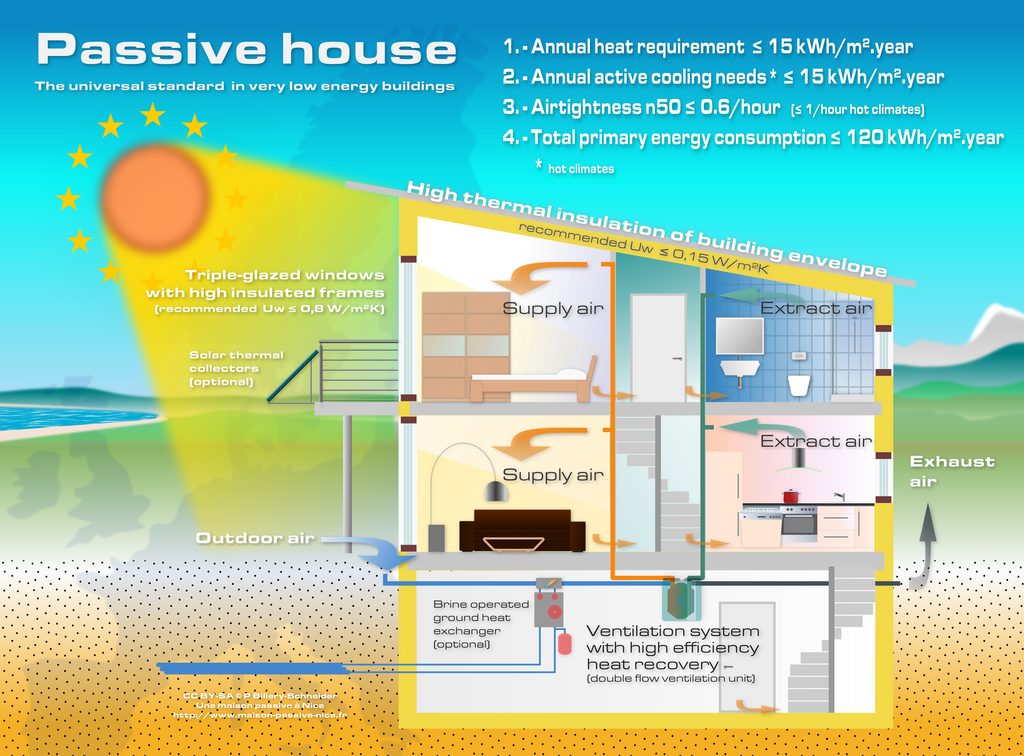
Net Zero homes often incorporate passive design principles to optimize energy use. Passive solar design, for instance, leverages the sun’s natural heat and light to warm and illuminate the home. Effective shading, natural ventilation, and thermal mass play crucial roles in maintaining comfortable indoor temperatures.
Advanced Building Materials
Choosing sustainable and energy-efficient building materials is essential to building a net zero home. Materials like insulated concrete forms (ICFs), structural insulated panels (SIPs), and cool roofing systems enhance the energy performance of Net Zero homes.
Return to homepage for other great articles
Renewable Energy Systems for Net Zero Homes
Solar Power
Solar power plays a pivotal role in the journey toward achieving Net Zero housing, serving as a cornerstone of sustainable energy generation and consumption. By harnessing the abundant and renewable energy of the sun, Net Zero homes can significantly reduce their reliance on traditional energy sources, thereby minimizing their carbon footprint and overall environmental impact.
The integration of photovoltaic systems and solar water heating systems allows homeowners to generate clean and sustainable energy on-site. These systems enable us to meet a substantial portion, if not all, of our energy needs through renewable resources. This not only results in reduced energy bills and long-term cost savings but also promotes a more eco-friendly and self-sufficient lifestyle that aligns with the principles of Net Zero housing.
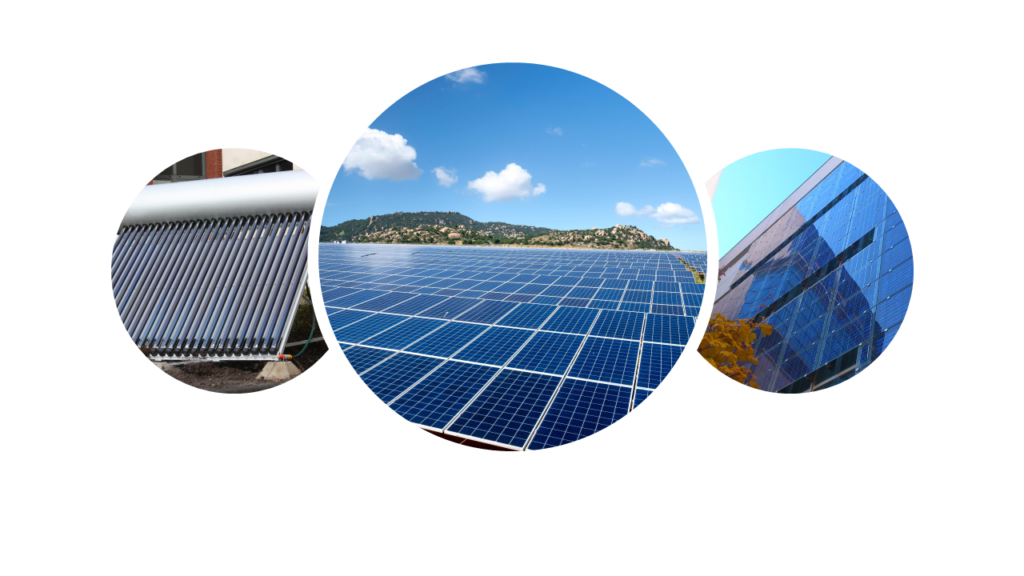
Moreover, the surplus energy produced by solar power systems in Net Zero homes can be fed back into the grid, contributing to the overall energy supply and fostering a more resilient and decentralized energy infrastructure. This proactive approach to energy management not only benefits individual homeowners but also has broader implications for the community and the environment at large. By leveraging solar power as a primary source of energy, Net Zero housing can actively promote a culture of sustainable energy practices and inspire a collective shift toward a cleaner, greener, and more energy-independent future.
Wind Energy
In areas with consistent wind patterns, wind energy serves as another critical pillar in the journey toward achieving Net Zero housing, offering a reliable and sustainable source of clean electricity that complements the benefits of solar power. By harnessing the natural power of the wind, Net Zero homes can diversify their renewable energy portfolio, further reducing their dependence on conventional energy sources and promoting a more comprehensive and resilient approach to sustainable energy generation.
The integration of small-scale wind turbines or community-based wind energy systems enables homeowners to capitalize on the abundance of wind resources, providing them with an additional avenue for generating electricity and fostering a more robust and balanced energy supply within the context of Net Zero housing.
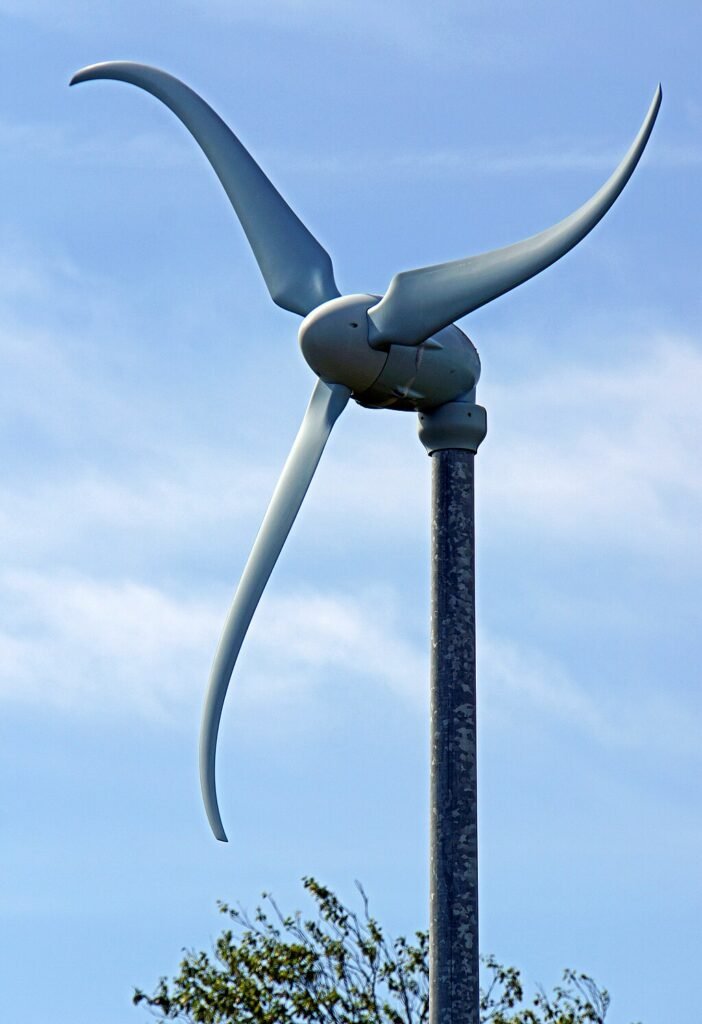
Furthermore, the implementation of wind energy in Net Zero housing contributes to the development of a more integrated and flexible energy infrastructure, facilitating the efficient distribution and utilization of renewable energy at both the individual and community levels. By incorporating wind turbines into the energy mix, homeowners can leverage the complementary nature of wind and solar power, maximizing energy production and optimizing their overall energy consumption patterns. This synergistic approach not only enhances the reliability and resilience of energy supply but also reinforces the sustainability goals of Net Zero housing, empowering individuals and communities to actively participate in the global transition toward a more sustainable and eco-friendly energy landscape.
Geothermal Energy
Geothermal energy taps into the stable temperature of the Earth’s subsurface to heat and cool the home. This less common source of renewable energy stands as a formidable asset in the pursuit of achieving Net Zero housing, offering a reliable and consistent source of renewable energy that can effectively complement the benefits of solar and wind power.
By tapping into the natural heat reservoirs beneath the Earth’s surface, Net Zero homes can leverage geothermal energy to power heating and cooling systems, significantly reducing their reliance on traditional energy sources and minimizing their carbon footprint.
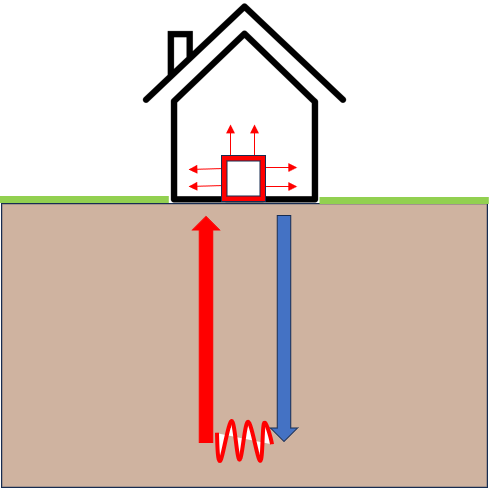
By harnessing the natural heat energy stored within the Earth, homeowners can reduce their dependence on external energy sources and foster a more self-sufficient and eco-friendly lifestyle. This holistic approach to energy consumption not only enhances the overall energy efficiency of Net Zero homes but also underscores the importance of integrating diverse renewable energy sources to create a more robust and sustainable energy infrastructure for present and future generations.
Return to homepage for other great articles
The Benefits of Net Zero Homes
Reduced Energy Bills
Net Zero homes offer significant benefits in terms of reduced energy bills, emphasizing the importance of energy-efficient design, renewable energy integration, and minimized energy consumption. By harnessing renewable energy sources, Net Zero homes enable homeowners to generate their electricity and heating needs on-site, effectively reducing their dependence on traditional energy suppliers and lowering their monthly utility bills.
Environmental Impact
Net Zero homes offer a wide array of benefits that significantly reduce their environmental impact. This is achieved mainly by emphasizing the importance of sustainable construction, energy efficiency, and reduced carbon footprint. By prioritizing the use of renewable energy sources, energy-efficient appliances, and eco-friendly materials, Net Zero homes minimize their contribution to greenhouse gas emissions and air pollution, promoting a cleaner and healthier living environment for both residents and the surrounding ecosystem.
Enhanced Comfort
Net Zero homes provide a host of benefits that significantly contribute to enhanced comfort for homeowners. By incorporating advanced energy-efficient technologies, superior insulation, and optimized ventilation systems, Net Zero homes offer consistent indoor temperatures, improved air quality, and superior thermal comfort throughout the year.
Quality Construction
Net Zero homes offer a myriad of benefits to quality construction, emphasizing the importance of durable materials, energy-efficient design, and meticulous craftsmanship. By adhering to rigorous standards and best practices in sustainable construction, Net Zero homes prioritize superior building performance, structural integrity, and long-term durability.
Long-Term Savings
Net Zero homes offer substantial long-term savings, emphasizing the importance of energy efficiency, reduced maintenance costs, and minimized operational expenses. By significantly decreasing energy consumption through the use of advanced technologies and high-performance building materials, Net Zero homes enable homeowners to enjoy lower utility bills and reduced reliance on external energy sources, resulting in substantial financial savings over time.
In addition, the integration of durable and low-maintenance materials ensures that repair and replacement costs are minimized, contributing to overall cost savings in the long run.
Energy security
Net Zero homes offer a host of benefits in terms of energy security, emphasizing the importance of self-sufficiency, resilience, and reduced dependence on external energy sources. By leveraging renewable energy technologies, Net Zero homes empower homeowners to generate their electricity and heating needs on-site, ensuring a reliable and consistent energy supply that is not vulnerable to fluctuations in energy prices or supply chain disruptions.
Return to homepage for other great articles
Challenges and Considerations for Net Zero Homes
High Initial Costs
While Net Zero homes offer an array of long-term benefits, it is essential to acknowledge that their initial costs can be relatively higher compared to conventional homes. This upfront investment primarily accounts for the incorporation of advanced energy-efficient technologies, renewable energy systems, and sustainable building materials, which contribute to the overall energy independence and environmental sustainability of Net Zero homes. However, it’s important to consider the long-term savings and environmental benefits that offset these costs.
Location and Climate
Net Zero homes are influenced by the geographical location and climate conditions in which they are situated, emphasizing the significance of tailored design and technology integration to maximize energy efficiency and performance. The architectural orientation, insulation requirements, and renewable energy system choices in Net Zero homes may vary depending on factors such as solar access, prevailing wind patterns, and seasonal temperature fluctuations, among others.
Maintenance
Net Zero homes require careful maintenance considerations to ensure optimal performance and energy efficiency over their lifespan. Regular maintenance of renewable energy systems, such as solar panels, wind turbines, and geothermal heat pumps, is essential to guarantee their longevity and sustained functionality.
Additionally, proactive measures to monitor and regulate energy consumption, as well as routine checks on insulation, ventilation, and energy-efficient appliances, are crucial to maintaining the overall energy efficiency of Net Zero homes.
Return to homepage for other great articles
The Future of Sustainable Living
Net Zero homes are more than just energy-efficient residences; they are a symbol of the future of sustainable living. As technology continues to advance and awareness of environmental issues grows, the Net Zero concept will become increasingly mainstream. It represents a harmonious coexistence between modern comfort and responsible environmental stewardship, ultimately shaping the way we build and live in the years to come.
In conclusion, Net Zero homes stand as a beacon of hope in the pursuit of sustainable and eco-friendly living. By balancing energy production and consumption, they offer not only reduced bills and enhanced comfort but also a tangible contribution to a greener planet. As we continue to innovate and adapt to the challenges of our time, Net Zero homes serve as a shining example of what’s possible when we align our living spaces with the needs of our environment.

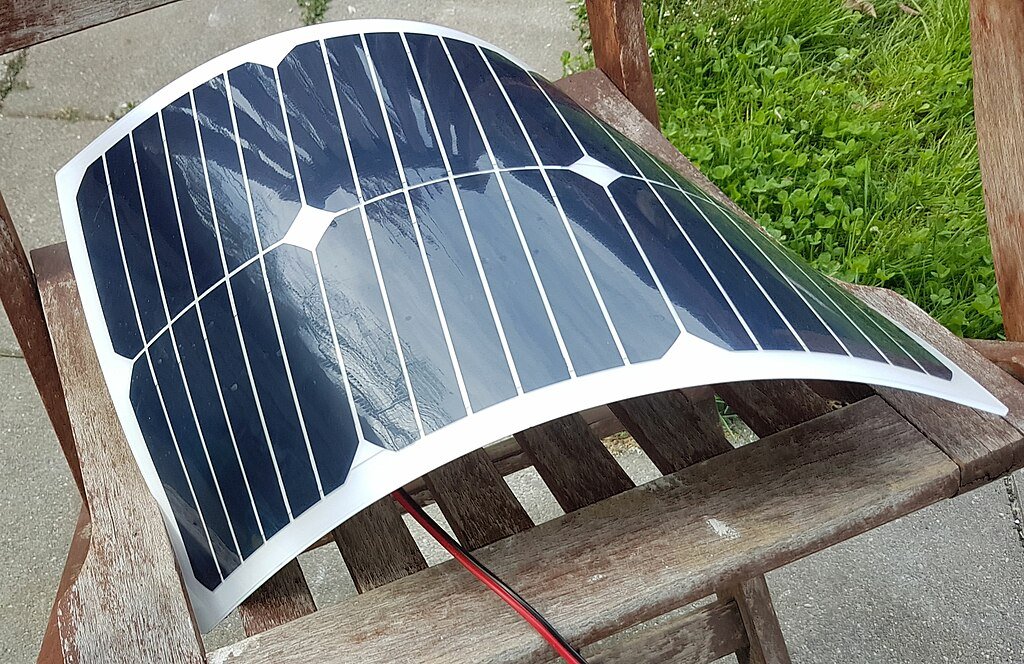
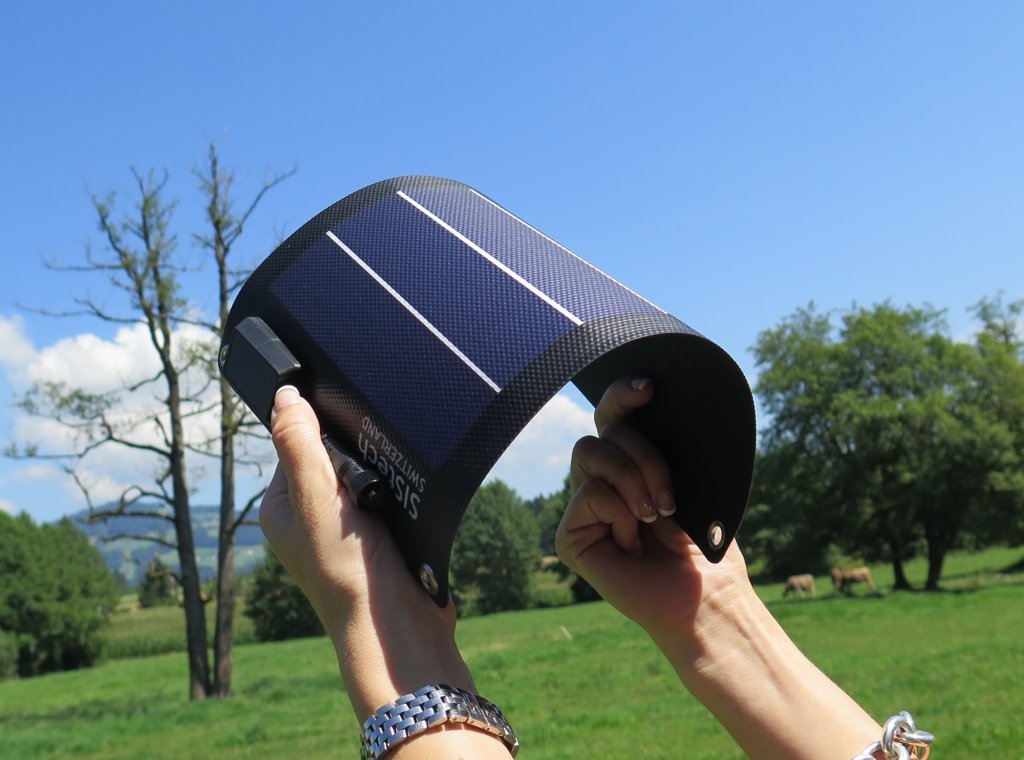

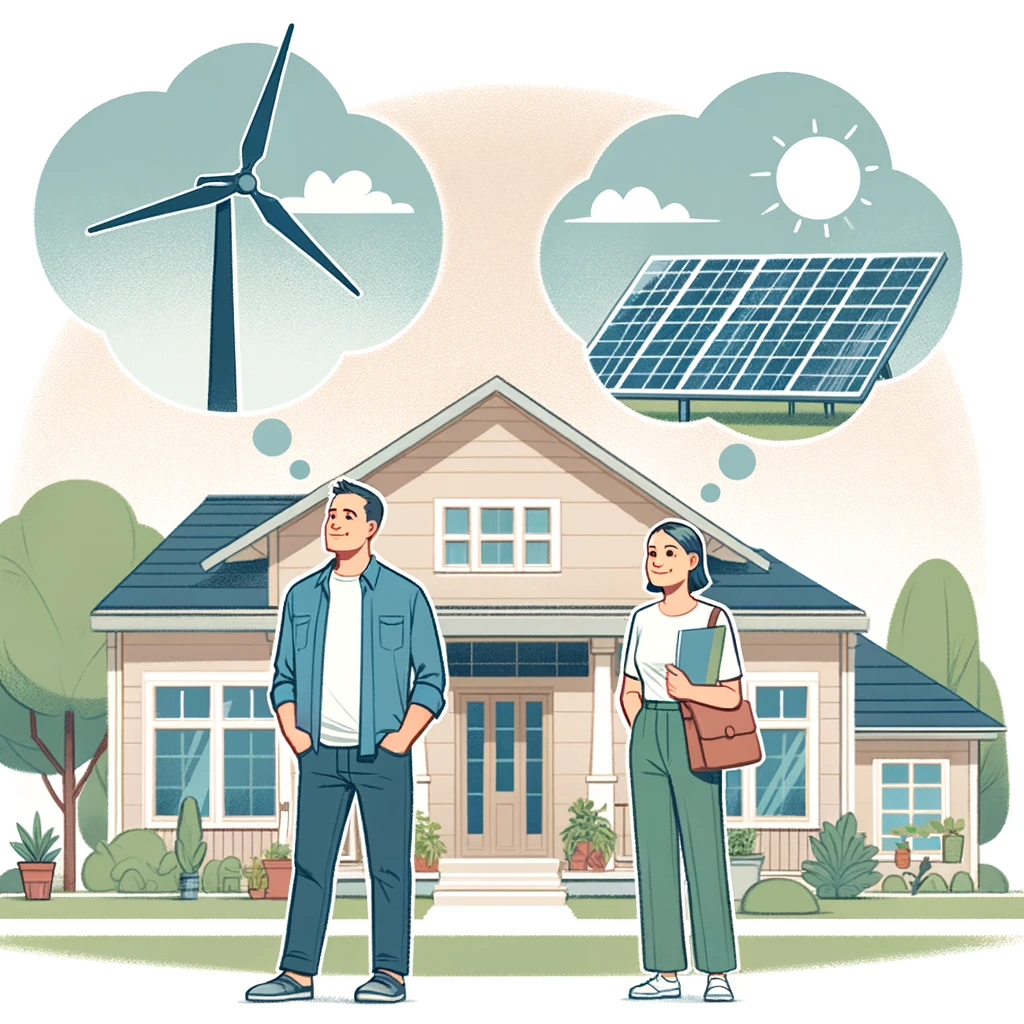
Leave a Reply